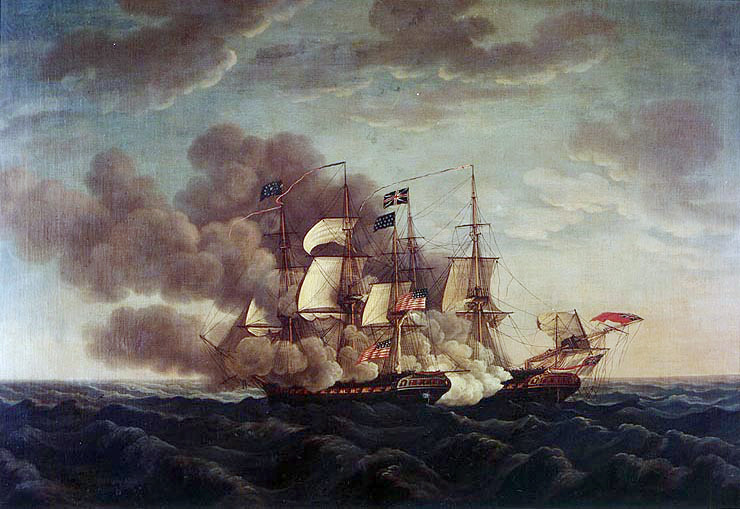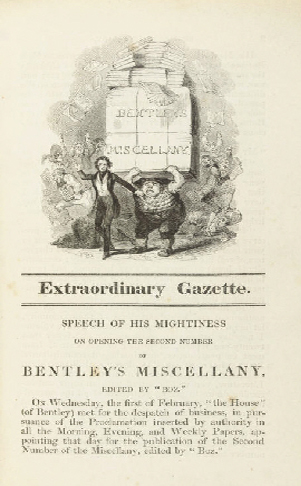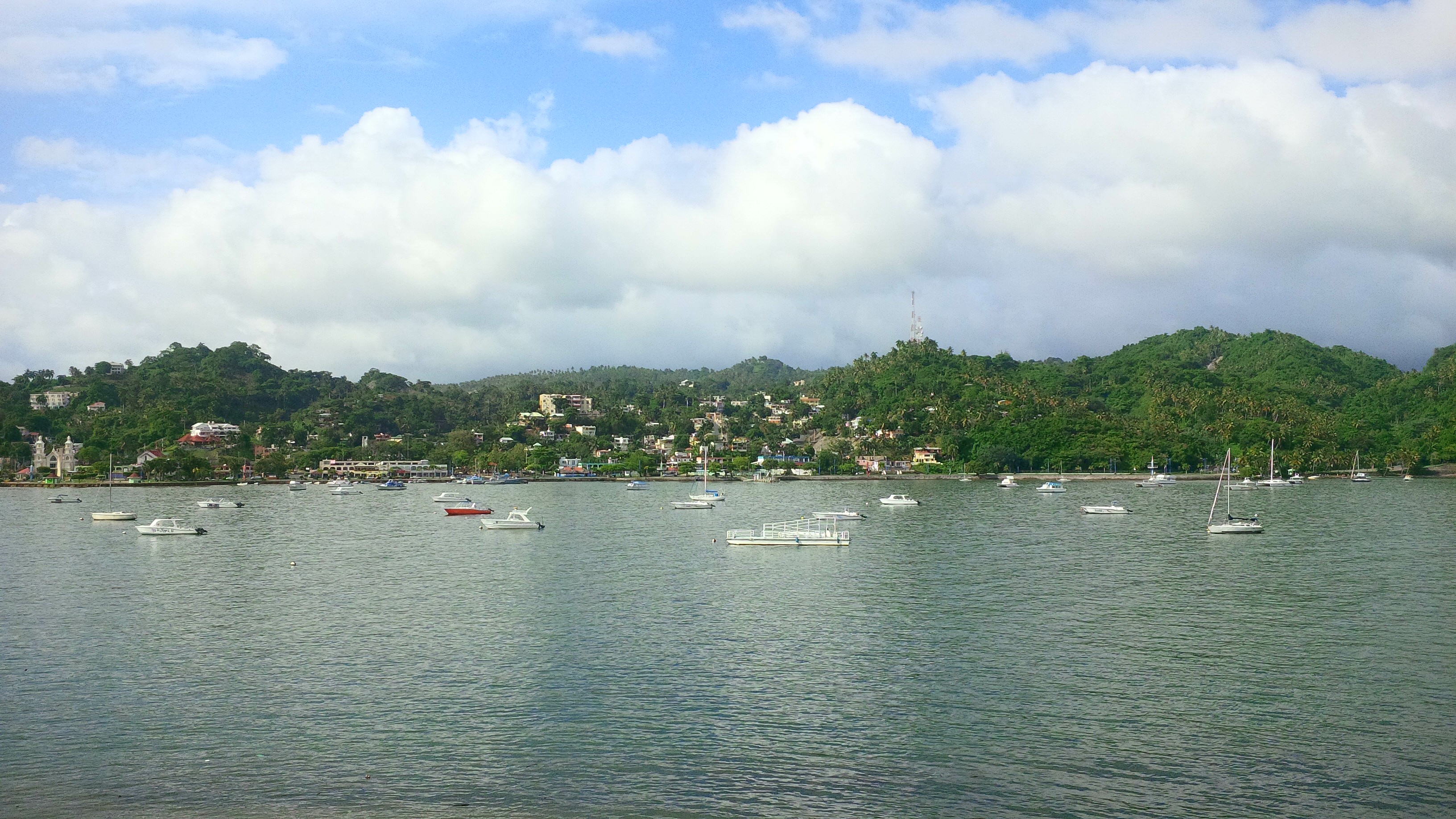|
William Furlong Wise
Rear Admiral William Furlong Wise, (21 August 1784 – 29 April 1844) was a British naval officer. Childhood Wise was born at the family home in Woolston near Kingsbridge, Devon, the son of George Furlong Wise of Woolston and his wife, Jane (née Dacres). His mother was the sister of Vice-Admiral James Richard Dacres (1749–1810) and also of Vice-Admiral Sir Richard Dacres (1761–1837), two connections which would serve him well in his future naval career. Indeed, the name James Richard Dacres appears several times in Wise's lifetime because his uncle James Richard Dacres had a son, also called James Richard Dacres (1788–1853) who served alongside Wise at various times. Early career Wise entered the navy on 7 February 1797 on the frigate under his uncle Richard Dacres, and served, for the most part, with him on the home station, the coast of France, and in the West Indies. On 1 May 1804 he was promoted to lieutenant of the at Jamaica. At that time his uncle Vice Ad ... [...More Info...] [...Related Items...] OR: [Wikipedia] [Google] [Baidu] |
James Richard Dacres (1788–1853)
James Richard Dacres (22 August 1788 – 4 December 1853) was an officer of the Royal Navy who saw service during the French Revolutionary and Napoleonic Wars, and the War of 1812. A member of a substantial naval dynasty, he eventually rose to the rank of vice admiral, but is chiefly remembered for his engagement with the American frigate which saw the loss of his ship, . Family and early life Dacres was born in Lowestoft on 22 August 1788, the son of Captain, later Vice-Admiral, James Richard Dacres and his wife Eleanor Blandford Pearce. The Dacres would eventually become a substantial naval dynasty, James's elder brother Barrington Dacres embarked on a naval career and rose to be post-captain, while their uncle, Richard Dacres became a vice-admiral. His cousin, Richard's son Sydney Dacres would eventually be an admiral, and First Sea Lord. James Richard Dacres entered the navy in 1796 at the age of eight, serving aboard his father's old ship, the 64-gun , as a first cl ... [...More Info...] [...Related Items...] OR: [Wikipedia] [Google] [Baidu] |
Edward Pellew, 1st Viscount Exmouth
Admiral Edward Pellew, 1st Viscount Exmouth, GCB (19 April 1757 – 23 January 1833) was a British naval officer. He fought during the American War of Independence, the French Revolutionary Wars, and the Napoleonic Wars. His younger brother Israel Pellew also pursued a naval career. Childhood Pellew was born at Dover, the second son of Samuel Pellew (1712–1764), commander of a Dover packet, and his wife, Constantia Langford. The Pellew family was Cornish, descended from a family that came originally from Normandy, but had for many centuries been settled in the west of Cornwall. Edward's grandfather, Humphrey Pellew (1650–1721), a merchant and ship owner, son of a naval officer, resided at Flushing manor-house in the parish of Mylor. Part of the town of Flushing was built by Samuel Trefusis, MP for Penryn; the other part was built by Humphrey Pellew, who was buried there. He also had a property and a tobacco plantation in Maryland. Part of the town of Annapolis stands on ... [...More Info...] [...Related Items...] OR: [Wikipedia] [Google] [Baidu] |
Lloyd's Patriotic Fund
Lloyd's Patriotic Fund was founded on 28 July 1803 at Lloyd's Coffee House, and continues to the present day. Lloyd’s Patriotic Fund now works closely with armed forces charities to identify the individuals and their families who are in urgent need of support. The contributors created the fund to give grants to those wounded in service to the Crown and to set up annuities to the dependents of those killed in action. The Fund also awarded prizes to those British combatants who went beyond the call of duty. The rewards could be a sum of money, a sword or a piece of plate.Low p165 The awards were highly publicized to help raise morale during wartime.Lincoln p95 In 1807 the fund also donated £61,000 to the Royal Naval Asylum, giving Lloyd's Patriotic Fund the enduring right to nominate children to the school.Gawler p55 On 24 August 1809 the Fund held a general meeting of its subscribers. The subscribers decided at that time to discontinue awards for merit. The Peninsular War was ... [...More Info...] [...Related Items...] OR: [Wikipedia] [Google] [Baidu] |
Richard Bentley (publisher)
Richard Bentley (24 October 1794 – 10 September 1871) was a 19th-century English publisher born into a publishing family. He started a firm with his brother in 1819. Ten years later, he went into partnership with the publisher Henry Colburn. Although the business was often successful, publishing the famous "Standard Novels" series, they ended their partnership in acrimony three years later. Bentley continued alone profitably in the 1830s and early 1840s, establishing the well-known periodical ''Bentley's Miscellany''. However, the periodical went into decline after its editor, Charles Dickens, left. Bentley's business started to falter after 1843 and he sold many of his copyrights. Only 15 years later did it begin to recover. Early life Bentley came from a publishing family that stretched back three generations. His father, Edward Bentley, and his uncle, John Nichols, published the ''General Evening Post'', and Nichols also published the ''Gentleman's Magazine''.Wallins, 40.P ... [...More Info...] [...Related Items...] OR: [Wikipedia] [Google] [Baidu] |
Samaná (town)
Samaná (old spelling: Xamaná), in full Santa Bárbara de Samaná, is a town and municipality in northeastern Dominican Republic and is the capital of Samaná Province. It is located on the northern coast of Samaná Bay. The town is an important tourism destination and is the main center for whale-watching tours in the Caribbean region. The town has three municipal districts: El Limón, Las Galeras, and Arroyo Barril. According to the 2012 population and housing census, the municipality has a total population of 108,179. Geography Samaná is located in a small plain close to the coast but, now, most of the town is in the hills that enclose the plain. It is the largest municipality of the province. It has a total area of 412.11 km² (almost 49% of the total area of the province), including the three municipal districts that are part of the municipality. Most of the territory is occupied by the Sierra de Samaná, a short mountain range with steep slopes but no high mou ... [...More Info...] [...Related Items...] OR: [Wikipedia] [Google] [Baidu] |
French Corvette Bacchante (1795)
The French corvette ''Bacchante'' was launched in 1795 as the second of the four-vessel ''Serpente'' class of corvettes. She served for almost two years as a privateer, before returning to the service of the French Navy. After captured her in 1803, the Royal Navy took her in under her existing name as a 20-gun post ship. ''Bacchante'' served in the West Indies, where she captured several armed Spanish and French vessels before the Navy sold her in 1809. French service ''Bacchante'' was built to a design by Charles-Henri Tellier. She was a "flat-bottomed vessel, destined to protect the entrances to rivers". Between 1797 and 1798 ''Bacchante'' served as a privateer under Captain Pierre Lefortier. By 1801 ''Bacchante'' was back in naval service and at Havre under the command of ''lieutenant de vaisseau'' Bellenger. In 1802 and 1803, sailed Brest-San Domingo-Brest. At the outbreak of war after the collapse of the Treaty of Amiens, ''Bacchante'' came under the command of ''lieutenan ... [...More Info...] [...Related Items...] OR: [Wikipedia] [Google] [Baidu] |
Dogger (boat)
The dogger () was a form of fishing boat, described as early as the fourteenth century, that commonly operated in the North Sea. Early examples were single-masted: by the seventeenth century, two-masted doggers were common. They were largely used for fishing for cod by rod and line. Dutch boats were common in the North Sea, and the word ''dogger'' was given to the rich fishing grounds where they often fished, which became known as the Dogger Bank. The sea area in turn gave its name to the later design of boat that commonly fished that area, and so became associated with this specific design rather than the generic Dutch trawlers. Design The dogger was a development of the ketch. It was gaff-rigged on the main-mast, and carried a lug sail on the mizzen, with two jibs on a long bowsprit. The boats were generally short, wide-beamed and small, and were used for trawling or line fishing on the Dogger Bank. The name "dogger" was effectively synonymous with ketch from the early seventee ... [...More Info...] [...Related Items...] OR: [Wikipedia] [Google] [Baidu] |
Swivel Gun
The term swivel gun (or simply swivel) usually refers to a small cannon, mounted on a swiveling stand or fork which allows a very wide arc of movement. Another type of firearm referred to as a swivel gun was an early flintlock combination gun with two barrels that rotated along their axes to allow the shooter to switch between rifled and smoothbore barrels. Swivel guns should not be confused with pivot guns, which were far larger weapons mounted on a horizontal pivot, or screw guns, which are a mountain gun with a segmented barrel. An older term for the type is peterero (alternative spellings include "paterero" and "pederero"). The name was taken from the Spanish name for the gun, pedrero, a combination of the word piedra (stone) and the suffix -ero (-er), because stone was the first type of ammunition fired. Configuration Swivel guns are among the smallest types of cannon, typically measuring less than in length and with a bore diameter of up to . They can fire a variety o ... [...More Info...] [...Related Items...] OR: [Wikipedia] [Google] [Baidu] |
Thomas Luny
Thomas Luny (1759–1837), born in Cornwall, probably at St Ewe, was an English artist and painter, mostly of seascapes and other marine-based works. At the age of eleven, Luny left Cornwall to live in London. There he became the apprentice of Francis Holman, a marine painter who would have a great and long lasting artistic influence on Luny: Luny remained until 1780 in Holman's London studio, which, was first situated in Broad Street, St. George's, and later relocated to Old Gravel Lane. In September 1777, Luny left Holman's studio for a while, to journey to France. During this particular expedition, Luny almost certainly strayed from France itself; his first exhibited picture in London, seen at the Society of Artists that same year, was given the title ''A distant view of the island of Madeira and Porto Santo'', suggesting that an engraving had inspired his choice of subject. Similarly, it is unlikely that Luny was on hand for the Battle of the Nile, 1798, and the bombardme ... [...More Info...] [...Related Items...] OR: [Wikipedia] [Google] [Baidu] |
National Maritime Museum
The National Maritime Museum (NMM) is a maritime museum in Greenwich, London. It is part of Royal Museums Greenwich, a network of museums in the Maritime Greenwich World Heritage Site. Like other publicly funded national museums in the United Kingdom, it has no general admission charge; there are admission charges for most side-gallery temporary exhibitions, usually supplemented by many loaned works from other museums. Creation and official opening The museum was created by the National Maritime Museum Act 1934 under a Board of Trustees, appointed by HM Treasury. It is based on the generous donations of Sir James Caird (1864–1954). King George VI formally opened the museum on 27 April 1937 when his daughter Princess Elizabeth accompanied him for the journey along the Thames from London. The first director was Sir Geoffrey Callender. Collection Since the earliest times Greenwich has had associations with the sea and navigation. It was a landing place for the Romans, Henry ... [...More Info...] [...Related Items...] OR: [Wikipedia] [Google] [Baidu] |

.jpg)


.jpg)


